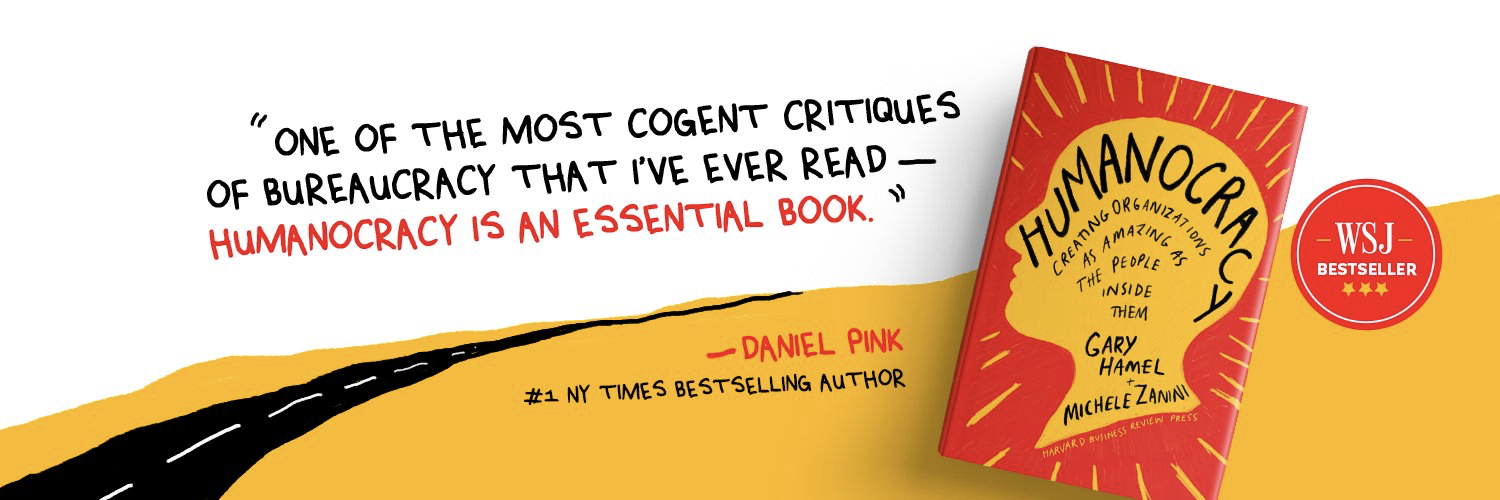The SRM information system is a way of capitalising upon a knowledge worker’s intellectual capital using data mining methodologies whilst also providing an intuitive, meaningful and personalised workspace, which enhances knowledge-based systems and collaborative efforts.
Business is increasingly conducted on a global scale that requires companies to deal with geographically dispersed workforces and relationships operating remotely across multiple time zones. To do this successfully, they need to utilise individual’s innovation, creativity, productivity, motivation, and knowledge management whilst also enabling collaboration. The dilemma for forward-thinking organisations is how to take advantage of unprecedented rates of information technological (IT) change to address these information system (IS) management needs, whilst incorporating structure, culture, processes, cost effectiveness and sustainability considerations.
Companies have to respond to the changing needs of the modern workforce as workplace demographics change. For the first time in history, five generations are working together (Traditionalist, Baby Boomer, Generation X, Generation Y and Generation Z) and they all have differing IT skill levels and expectations. As Baby Boomers leave the workforce, Generation Z is entering, and the number of technology savy Generation Ys in the workforce is increasing, with 75% of the global workforce predicted to be Generation Y by 2025.
Evolving employment patterns mean that individuals change jobs more often, increasing disruption to corporate knowledge and history, requiring a greater investment in IS management to enhance employee knowledge, collaboration and productivity. The growth in the concepts of “Bring Your Own Device” (BYOD) and “Bring Your Own Cloud” (BYOC) demonstrates that the modern workforce wants the same flexibility and freedom at work that they enjoy as a consumer, yet there continues to be a disconnect between consumer IT and workplace IT tools and systems. This trend will continue with the increasing proliferation of smart phones, tablets and low-cost, high bandwidth data connectivity.
We are living in an era of social networking, collective intelligence, participation, collaborative creation, and borderless distribution with social media becoming the number one activity on the web. Generation X and Generation Y consider e-mail to be out of date, and with over a billion registered users, Facebook has become the 3rd largest “country” in the world.
As consumers, employees are already “ahead of the curve” regarding the implementation of Enterprise 2.0 technologies. However companies are not seizing the initiative to exploit this increased flexibility to transform their own workplace culture, and unleash their employee’s passion for engaging in knowledge sharing. As developed economies shift globally to service industries, knowledge management has become a company’s most important strategic asset as their knowledge workers “intellectual capital” becomes increasingly crucial to economic success.
An elegant solution to this problem is the implementation of a “Stakeholder Relationship Management” (SRM) tool to provide the link between a suite of “Enterprise 2.0” infrastucture tools and employees/stakeholders. Based upon the same principles as “Customer Relationship Management” (CRM) tools, the SRM focuses upon improving the relationships between a company and its employees/stakeholders through a “pull” approach. The SRM is based upon predictive delivery of information to satisfy the end user’s needs and preferences. The SRM provides management control of knowledge management and the users can be extended externally to include key clients, contractors and suppliers to maximise the benefits of existing partnership relationships.
The SRM would utilise intelligence data mining methodologies to provide an intuative and personalised experience for users to increase productivity, promote social networking and reduce disruptive workplace communication. This would provide far more capability and benefit to organisations and users than the standard contacts, scheduling, and personal objectives dashboard utilised by many (including systems such as Outlook and Sharepoint).
The SRM objectives are to:
- Remove information silos and encyclopaedia-based knowledge management which is static and predetermined;
- Grow the organisation’s internal knowledge by collecting, managing and linking information;
- Facilitate greater management visability;
- Fulfil the link between multiple Enterprise 2.0 infrastructure and end users, irrespective of which device is being used or geographical location;
- Provide knowledge workers with a liberal governance system to create a positive and collaborative work environment which also frames an individual’s contribution to corporate performance; and
- Define individual professional development and training needs relevant to their expert domains.
The SRM would provide real time communications which are relevant to user roles, position, work activites, personal interests, professional memberships, and examples include:
- Links to company policies, procedures, reports, and standards;
- Invitations to connect with other colleagues, stakeholders, customers and clients;
- Predictive links to relevant historical information and knowledge management; and
- Items of interest such as current news, updates on new projects, and new suppliers.
The perceived benefits of the SRM are:
- Aligns workplace technology with existing consumer experiences to satisfy the changing needs of the modern workforce;
- Activates a “pull” environment based upon mutual knowledge interaction and a responsive platform to provide employees with the autonomy and competency to make lateral group and individual decisions, thereby increasing employee empowerment;
- Increases competitive advantage by leveraging the human desire to disperse social communities and create / extend their own social networks by pursuing the communities of interest that “friend of our friends” reality Enterprise 2.0 social networking provides;
- Capitalises upon the social psychology nature of individuals to contribute to knowledge sharing based upon their expectations that this will lead to some form of social reward such as approval, status, respect, recognition, and mutual benefit;
- Improves work flow efficiencies through enhanced cross functional team cooperation and a culture of knowledge creation and sharing;
- Reduces costs, and improves risk management;
- Idenitfies enterprise innovation and knowledge management opportunities through the monitoring and measurement of key words and phases generated by users;
- Provides reporting to inform future human resource strategies and enterprise portfolio scheduling;
- Facilitates a communication channel for personalised internal marketing and Human Resources Information System (HRIS) services such as continuing professional development and training oppportunities;
- Implementation is not reliant upon specific organisational structure or core processes;
- Information captured will remain with the company after an employee has left, so companies would have traceability of the creators, distributors and custodians of commerical or sensitive information.
- Enables a real time personalised and customised work experience for users, providing greater autonomy and flexibility; and
- Increases employee motivation, job satisfaction, loyalty and retention.
The following assumptions have been made regarding IT infrastructure and corporate communications:
- The existence of a collaborative IT infrastructure which is accessable, and used by all SRM end users responsible for contributing to the organisation’s knowledge management;
- A positive communication strategy exists which satisfies the value-expectancy of end users. Unless the perceived benefits and rewards of using the system and the visability of the end users contribution are secured, the SRM will not achieve a postive outcome as users may perceive the SRM tool restricts their autonomy and freedom.
The successful implementation of the SRM would depend upon collaborative internal information sharing and monitoring communications that would necessitate a step change in many users’ philosophical approach to IS at work to match the rapidly changing nature of IT hardware and software at home. The SRM would provide intelligence data to mitigate security and legal risks currently associated with the lack of transparency and control of cloud computing used for Enterprise 2.0 tools.



You need to register in order to submit a comment.